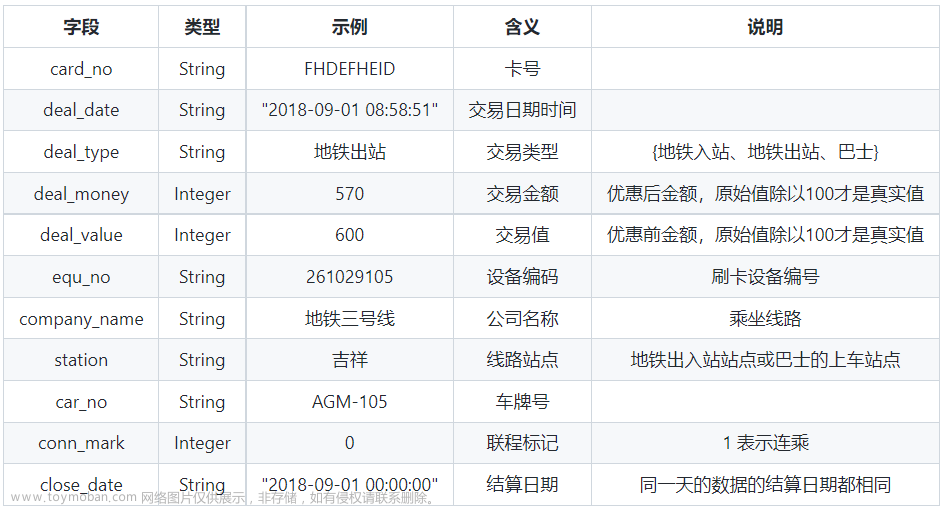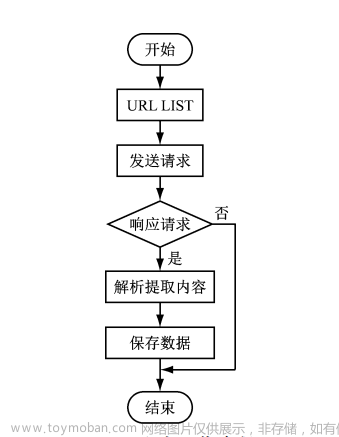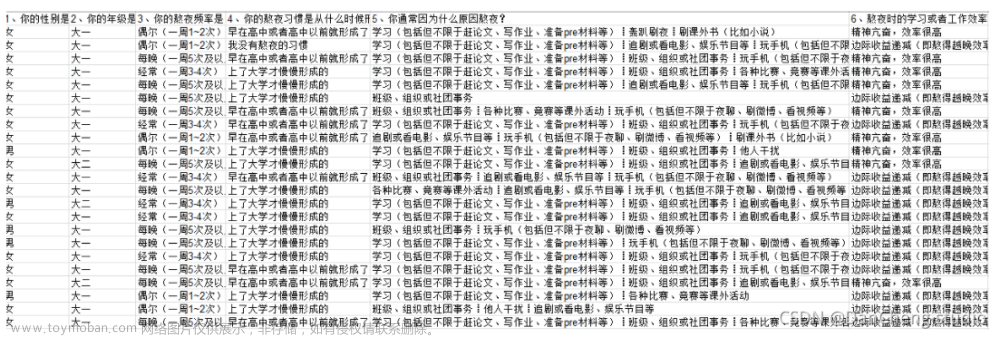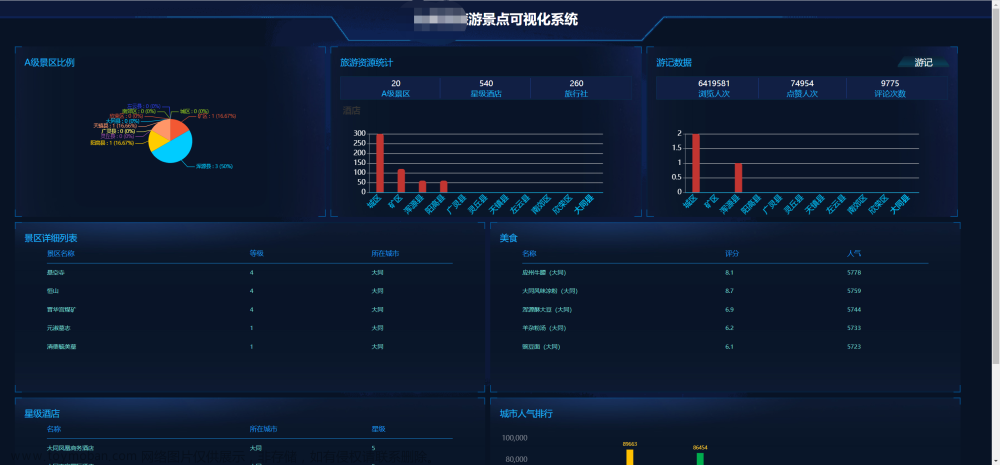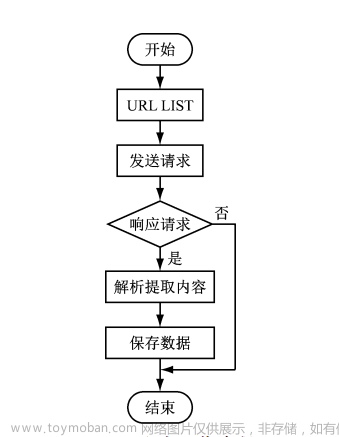1 简介
🔥 Hi,大家好,这里是丹成学长的毕设系列文章!
🔥 对毕设有任何疑问都可以问学长哦!
这两年开始,各个学校对毕设的要求越来越高,难度也越来越大… 毕业设计耗费时间,耗费精力,甚至有些题目即使是专业的老师或者硕士生也需要很长时间,所以一旦发现问题,一定要提前准备,避免到后面措手不及,草草了事。
为了大家能够顺利以及最少的精力通过毕设,学长分享优质毕业设计项目,今天要分享的新项目是
🚩 奥运会数据集分析
🥇学长这里给一个题目综合评分(每项满分5分)
- 难度系数:4分
- 工作量:4分
- 创新点:3分
🧿 选题指导, 项目分享:
https://gitee.com/yaa-dc/BJH/blob/master/gg/cc/README.md
2 导入包+基本的数据处理
from plotly import __version__
print (__version__)
from plotly.offline import init_notebook_mode, iplot
init_notebook_mode(connected=True)
import numpy as np
import pandas as pd
import matplotlib.pyplot as plt
from plotly.graph_objs import *
import colorlover as cl
# import seaborn as sns
# color = sns.color_palette()
f_p = '/home/kesci/input/olympic/athlete_events.csv'
athlete_events = pd.read_csv(f_p)

3 生成奥运会运动项目的词云
from wordcloud import WordCloud, STOPWORDS
stopwords = set(STOPWORDS)
def show_wordcloud(data, title = None):
wordcloud = WordCloud(
background_color='white',
stopwords=stopwords,
max_words=200,
max_font_size=40,
scale=3,
random_state=1 # chosen at random by flipping a coin; it was heads
).generate(str(data))
fig = plt.figure(1, figsize=(15, 15))
plt.axis('off')
if title:
fig.suptitle(title, fontsize=20)
fig.subplots_adjust(top=2.3)
plt.imshow(wordcloud)
plt.show()
show_wordcloud(athlete_events['Sport'], title = "往届奥运比赛项目词云")

4 查看参赛者的男女基本信息
fig = {
"data": [{
"values": athlete_events['Sex'].value_counts(),
"labels": ["男性", "女性",],
"marker": {'colors': cl.scales['5']['div']['PuOr']},
"name": "参赛者的男女比例",
"hoverinfo":"label+percent+name",
"hole": .4,
"type": "pie"
}],"layout": {"title":"参赛者的男女比例"}
}
iplot(fig, filename='donut')



5 在120年来Top 20得金牌最多的国家
# 根据奖牌类型分组,分别计算每个国家的不同奖牌数并给予这列数值'Medal_Count'的列名。
country_medal = athlete_events.groupby(by = ['Medal']).Team.value_counts().reset_index(name = 'Medal_Count')
# 筛选出金牌类型的df,根据字段Medal_Count降序排列国家,选出前20个记录。
top20_country_medal = country_medal[country_medal.Medal == 'Gold'].sort_values(by = ['Medal_Count'], ascending = False).head(20)
# 绘制柱状图📊
trace = Bar(
x = top20_country_medal.Team,
y = top20_country_medal.Medal_Count,
marker = dict(color = cl.scales['11']['div']['PuOr'], reversescale = True)
)
layout = Layout(title = "Top 20 的金牌数🏅最多的国家") # 设置layout
data = [trace]
fig = Figure(data = data, layout = layout)
iplot(fig)

6 中国历届奥运会运动员获得奖牌人数
china = athlete_events[athlete_events.Team == 'China']
china_medal = china.groupby(by = 'Year').Medal.value_counts().reset_index(name = "medal_count")
y0 = china_medal[china_medal.Medal == 'Gold'].medal_count
x0 = china_medal[china_medal.Medal == 'Gold'].Year
y1 = china_medal[china_medal.Medal == 'Silver'].medal_count
x1 = china_medal[china_medal.Medal == 'Silver'].Year
y2 = china_medal[china_medal.Medal == 'Bronze'].medal_count
x2 = china_medal[china_medal.Medal == 'Bronze'].Year
x = china_medal.Year
trace0 = Bar(
x = x0,
y = y0,
name = 'Gold',
text = y0,
textposition = 'auto',
marker=dict(
color='gold',
line=dict(
color='rgb(8,48,107)',
width=1.5),
),
opacity=0.6
)
trace1 = Bar(
x = x1,
y = y1,
name = 'Silver',
text = y1,
textposition = 'auto',
marker=dict(
color = 'silver',
line=dict(
color='rgb(8,48,107)',
width=1.5),
),
opacity=0.6
)
trace2 = Bar(
x = x2,
y = y2,
name = 'Bronze',
text = y2,
textposition = 'auto',
marker=dict(
color='olive',
line=dict(
color='rgb(8,48,107)',
width=1.5),
),
opacity=0.6
)
data = [trace0, trace1, trace2]
layout = Layout(
barmode='group',
width=800,
hovermode='closest',
title = '中国历届奥运会运动员获得 金牌🏅 银牌🥈 铜牌🥉 的人数'
)
fig = Figure(data = data, layout = layout)
iplot(fig)
 文章来源:https://www.toymoban.com/news/detail-450783.html
文章来源:https://www.toymoban.com/news/detail-450783.html
7 Top 10 中国🇨🇳的强项运动项目
# 根据运动项目group,分别计算group内的值之合
china_sports = china_gold.groupby(by = 'Sport',as_index=False).Medal.agg('sum')
# 按从大到小的顺序排序
china_sports = china_sports.sort_values(['Medal'], ascending= False)
# 选出前10的运动项目
top10_china_sports = china_sports.head(10)
# 定义颜色盘
colors = ['#91BBF4', '#91F4F4', '#F79981', '#F7E781', '#C0F781','rgb(32,155,160)', 'rgb(253,93,124)', 'rgb(28,119,139)', 'rgb(182,231,235)', 'rgb(35,154,160)']
n_phase = top10_china_sports.Sport.shape[0]
plot_width = 200 # 绘制宽度
section_h = 100 # section的高度
section_d = 15 # sections之间的间隔
# 用来计算其他section的宽度的乘系数
unit_width = plot_width / max(top10_china_sports['Medal']) # 200 / 56 = 3.57
# 每个漏斗部分相对于绘图宽度的宽度
phase_w = [int(v * unit_width) for v in top10_china_sports['Medal']]
# 绘制图的总高度
height = section_h * n_phase + section_d * (n_phase - 1)
shapes = [] # 列表存储所有的绘制形状
label_y = [] # 列表存储每个section的name、value文本的Y轴地址
for i in range(n_phase):
if(i == n_phase - 1):
points = [phase_w[i] / 2, height, phase_w[i] / 2, height - section_h]
else:
points = [phase_w[i] / 2, height, phase_w[i+1] / 2, height - section_h]
path = 'M {0} {1} L {2} {3} L -{2} {3} L -{0} {1} Z'.format(*points)
shape = {
'type': 'path',
'path': path,
'fillcolor': colors[i],
'line': {
'width': 1,
'color': colors[i]
}
}
shapes.append(shape)
# Y-axis location for this section's details (text)
label_y.append(height - (section_h / 2))
height = height - (section_h + section_d)
label_trace = Scatter(
x=[-200]*n_phase,
y=label_y,
mode='text',
text= top10_china_sports['Sport'],
textfont=dict(
color='rgb(200,200,200)',
size=15
)
)
# For phase values
value_trace = Scatter(
x=[-350]*n_phase,
y=label_y,
mode='text',
text=top10_china_sports['Medal'],
textfont=dict(
color='rgb(200,200,200)',
size=12
)
)
data = [label_trace, value_trace]
layout = Layout(
title="<b>Top 10 中国🇨🇳的强项运动项目</b>",
titlefont=dict(
size=12,
color='rgb(203,203,203)'
),
shapes=shapes,
height=600,
width=800,
showlegend=False,
paper_bgcolor='rgba(44,58,71,1)',
plot_bgcolor='rgba(44,58,71,1)',
xaxis=dict(
showticklabels=False,
zeroline=False,
),
yaxis=dict(
showticklabels=False,
zeroline=False
)
)
fig = Figure(data=data, layout=layout)
iplot(fig)
 文章来源地址https://www.toymoban.com/news/detail-450783.html
文章来源地址https://www.toymoban.com/news/detail-450783.html
8 最后
到了这里,关于【毕业设计】奥运会数据分析与可视化 - python 大数据的文章就介绍完了。如果您还想了解更多内容,请在右上角搜索TOY模板网以前的文章或继续浏览下面的相关文章,希望大家以后多多支持TOY模板网!


